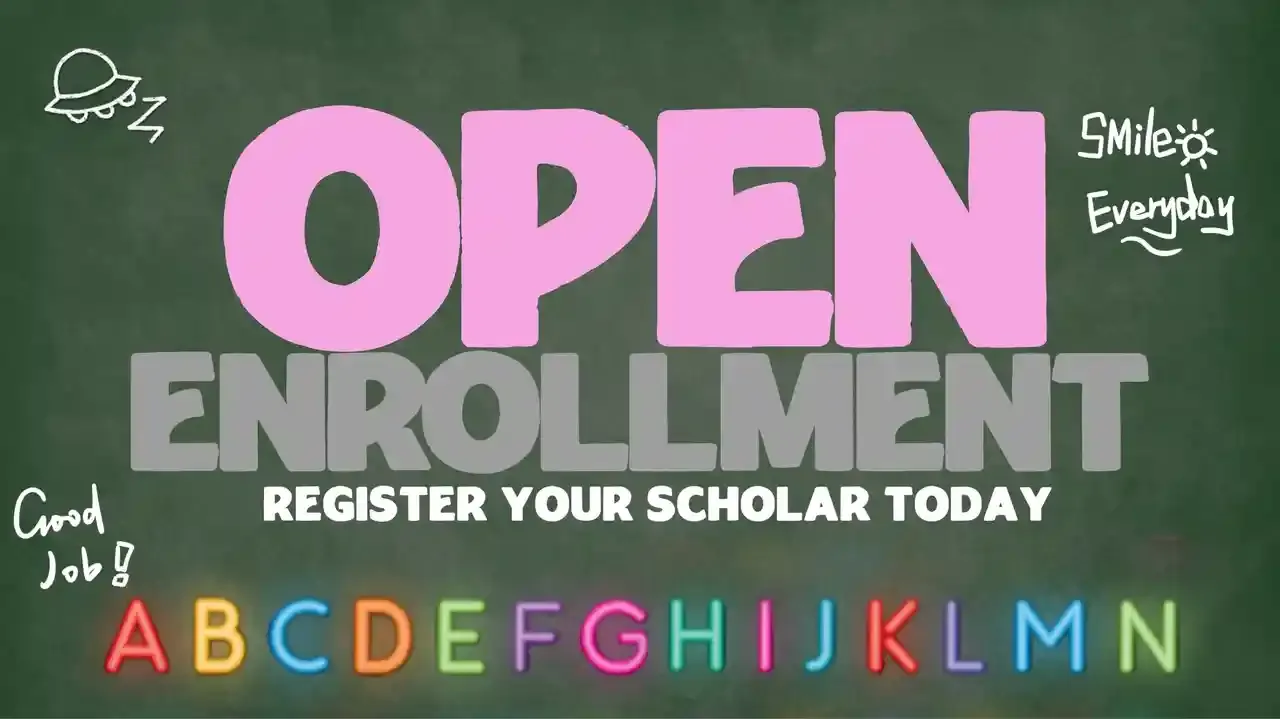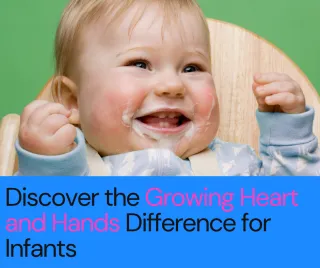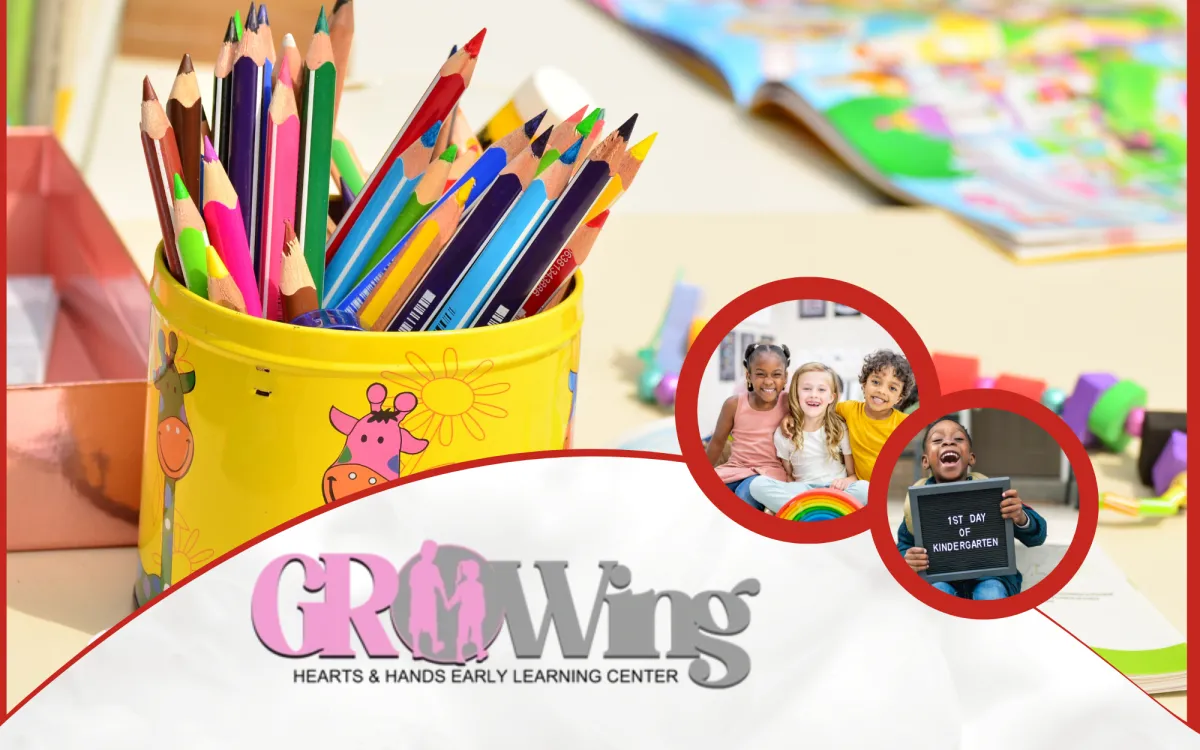
Best Daycare in Carrollton Georgia
Give us a call @ (678)601-3067
Growing Hearts and Hands
At Growing Hearts and Hands, we believe that every child deserves a nurturing environment where they can thrive academically, socially, and emotionally. Our state-of-the-art facilities and dedicated educators are committed to providing personalized learning experiences tailored to each child's unique needs.

Why Choose Growing Heart and Hands?
Customized Learning Plans:
We develop individualized learning plans that cater to your child's specific learning style and pace, ensuring optimal growth and development.

Qualified and Caring Educators:
Our team comprises certified professionals trained in early childhood education, CPR, and first aid, dedicated to fostering a safe and supportive learning environment.

Safe and Engaging Environment:
Our secure facilities are equipped with interactive play areas that encourage exploration and creativity, promoting holistic development.

Give us a call @ (678)601-3067
Schedule a Tour Today
Experience firsthand the vibrant learning community at Growing Hearts and Hands. We invite you to schedule a tour and discover how we can partner with you in your child's educational journey.


Learning for your Pre-Schooler
Three-year-olds are able to solve more and more problems, figure out unique ways to do something, and want to find out why – a lot! Learning Beyond helps you become a strong model, allowing children time to try and work through challenges while you ask important questions or provide support to children’s learning. Children’s skills in all developmental areas grow with these continued opportunities to be actively engaged in their learning and trusted as a learner. Learning Beyond provides quarterly benchmarks to help you stay focused on age-appropriate growth and excited learners.
Give us a call @ (678)601-3067

Things in Our Childcare Center That Just Make Sense!
Things in Our Childcare Center That Just Make Sense!
Child Care
May 27, 2025 • 6 min read

From tiny shoes lined up perfectly by the door to children joyfully sorting their own snack cups by color, sometimes it’s the little things in a childcare center that just make sense. But what looks simple on the outside often reflects deep thinking, intentional design, and heartfelt care on the inside.
As childcare professionals, we know that creating an environment where children thrive doesn’t happen by accident—it happens by design. Every choice we make, from how we organize toys to how we handle big feelings, is rooted in what we know about child development, emotional regulation, and the power of connection.
This blog is your peek behind the curtain—a celebration of the systems, spaces, and seemingly small decisions that actually make a huge difference in children’s learning and well-being.
1. Visual Schedules: Predictability = Peace
Picture this: It’s Monday morning. A toddler walks through the classroom door rubbing sleepy eyes. They spot our colorful visual schedule—breakfast, circle time, outdoor play, lunch, nap—and immediately point to “Story Time” with a smile.
Why? Because predictability calms the nervous system.
Children, especially in their early years, thrive on routines. Visual schedules give them a sense of control and help reduce anxiety about what’s coming next. They also support language development and time concepts. And here’s the magic: they work just as well for nonverbal kids and early English learners.
It just makes sense to show children what’s happening, rather than expecting them to guess.
2. Calming Corners: A Cozy Spot to Feel Big Feelings
You won’t find time-out chairs in our classrooms. What you will find is a plush rug, soft pillows, sensory bottles, and a basket of “feelings books” tucked into a quiet corner.
This isn’t a place for punishment—it’s a space for processing. A calming corner gives children a safe place to breathe, regroup, or simply exist when their emotions feel too big to carry.
As child psychologist Dr. Laura Markham reminds us, “Children do well when they can.” Sometimes they just need a cozy spot to help their body and brain reset.
It just makes sense to give kids a break, not a breakdown.
3. Low Open Shelving: Because Kids Deserve Access
Want to see a three-year-old beam with confidence? Watch them walk over, choose an activity all by themselves, and get started without adult help.
That’s not magic—that’s intentional shelf design.
We use open, child-height shelves so children can see and reach materials independently. Everything is labeled with pictures and words to support literacy and encourage autonomy. It’s not just about accessibility—it’s about building decision-making skills and fostering independence.
It just makes sense to let children explore their world freely.

4. Emotion Charts and Feeling Faces: Name It to Tame It
"How are you feeling today?" isn’t just a greeting at our center—it’s part of the curriculum.
Every room has a feelings chart, and we talk about emotions daily. "I see you're feeling sad. Do you want a hug or your quiet spot?" becomes common language.
Research shows that children who can label their emotions are more likely to regulate them successfully. As Dr. Dan Siegel says, "Name it to tame it." Teaching emotional literacy early sets the foundation for empathy, conflict resolution, and strong peer relationships.
It just makes sense to treat feelings as something to understand—not avoid.
5. Snack Independence: Empowerment in Tiny Hands
Yes, we could pour every juice cup and hand out every cracker. But instead, we involve kids.
Children learn to scoop their own snack, pour water from mini pitchers, and throw away their napkins. It's not just cute—it’s developmentally powerful. These routines build fine motor skills, self-confidence, and healthy risk-taking.
Sure, we clean up a few spills. But we gain something greater: capable, confident kids.
It just makes sense to let children do what they’re ready to try.
6. Staff Trained in Co-Regulation: Calm is Contagious
Meltdowns happen. That’s part of childhood. But in our center, we don’t “manage” tantrums—we co-regulate through them.
Every educator is trained to stay grounded and calm during emotional storms, helping children feel safe enough to calm down themselves. Instead of “Stop crying,” we say, “I’m right here. Let’s take a breath together.” This teaches children that all feelings are okay—and that help is always available.
And the result? Fewer power struggles. More trust. Stronger relationships.
It just makes sense to meet dysregulation with compassion, not correction.
7. Child-Height Hygiene Stations: Teaching Responsibility Early
Handwashing here isn’t an afterthought—it’s a lesson in self-care.
Our sinks are child-height. Our soap pumps are easy to press. We teach kids to wash for the length of the ABC song and cheer them on when they remember to sanitize after blowing their nose.
These rituals may seem simple, but they build responsibility and autonomy while protecting everyone’s health.
It just makes sense to make hygiene easy and fun.
8. Color-Coded Everything: Because Chaos Isn’t Cute
Red cubbies. Blue backpacks. Yellow snack bins. In our classrooms, color coding helps everyone—kids and staff—stay organized.
Young children may not read yet, but they can identify their color. That means less confusion, fewer lost items, and smoother transitions. Plus, it teaches categorization and pattern recognition (hello, early math skills!).
It just makes sense to bring order to the little things.

Final Thoughts: It’s the Little Things That Make a Big Difference
Every choice we make at our childcare center—from how we greet children at the door to how we label the toy bins—is rooted in love, research, and respect for childhood. These systems aren’t just convenient. They’re developmentally sound, emotionally intelligent, and practically brilliant.
Parents often tell us, “This place just feels different.” That’s not an accident—it’s the outcome of thoughtful design and compassionate care.
So the next time you see a toddler calmly choosing a fidget from the calming corner or a preschooler proudly washing their hands all by themselves, know this: there’s science, heart, and a whole lot of purpose behind it.
Because at the end of the day...
It just makes sense.